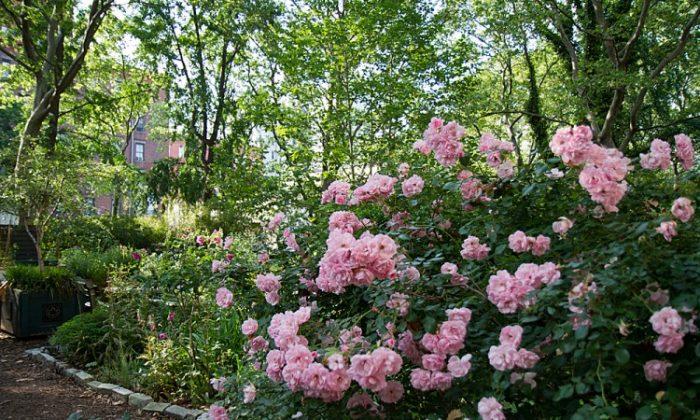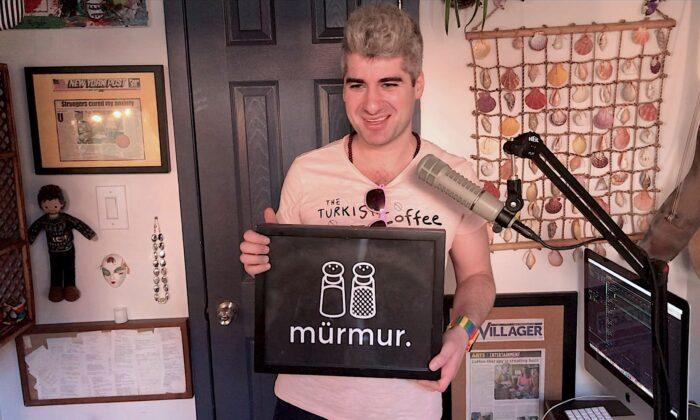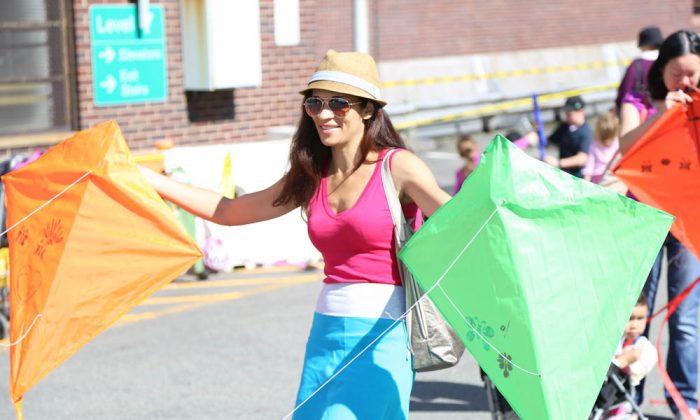Across the state, a little beetle is sought after by scientists, gardeners, and nature lovers alike. It’s a nine-spotted ladybug, the official state insect. The beetle has become so rare on the East Coast that a research project has been trying to understand its decline. Now, a community garden in Manhattan wants to help those researchers repopulate the state with it.
The M'Finda Kalunga Community Garden was created more than 30 years ago as a “communal backyard” to make the neighborhood a better place to live in. The 40-member-strong garden, part of Sara D. Roosevelt Park, has brought beauty and cooperation to the community of the Lower East Side.
Among bustling traffic and busy city life, M'Finda Kalunga, with its shady trees and colorful rosebushes, offers an oasis-like space.
Last year, Bud Shalala, one of the garden’s long-term volunteers, started a “Critter Committee” with the intention to “add a missing element” to the site. In order to enhance the garden, Shalala and the other members want to bring in some beneficial insects and other animals.
At the top of the list are ladybugs. These beetles (in fact they are not real bugs) with their characteristic oval-shaped body and bold red-black pattern will be “great for the kids,” said Shalala. Ladybugs are known to be among children’s favorite insects.
Ladybugs feed on tiny plant-eating insects, called aphids, and so have been highly regarded among gardeners and farmers for centuries. Hence, they have become a sign of good luck in many cultures.
Shalala was inspired to bring in ladybugs after he heard about the Lost Ladybug Project. Founded by professor John Losey from the Department of Entomology at Cornell University, the Lost Ladybug Project (LLP) wants to create a database of the different species of the insect in North America in order to track the changing pattern of ladybug populations.
LLP is trying to understand why certain native species have declined and how to prevent other species from declining, said Leslie Ladd Allee, an associate professor at Cornell who works as the director of curriculum development at LLP.
LLP calls upon volunteers across North America to survey ladybug populations, wherever they live. “Citizen scientists, ” mostly elementary school children, are encouraged to go into their backyards and into fields to collect and photograph ladybugs.
This strategy bore fruit. Besides having received contributions of more than 16,400 ladybug sightings, last summer a surprising discovery was made; a volunteer found a rare nine-spotted ladybug on an organic farm in Long Island, the first sighting in New York in more than 20 years.
The nine-spotted ladybug (Coccinella novemnotata) is a native species and used to be the most common ladybug in the northeast. The beetle was so highly respected for controlling pests, that it was declared the New York state insect in 1989.
Like other native species over the last 20 years, probably due to competition with non-native species, the nine-spotted declined and was thought to be extinct on the East Coast until 2006.
Another goal of LLP is to help increase the diversity of ladybugs and ultimately “regain balance” among populations in North America, Allee said. To do that, LLP plans an introduction on a large-scale of ladybugs in 5 to 10 years time, while focusing on three native species, including the nine-spotted.
For the Lost Ladybug Project cooperation with the M'Finda Kalunga garden is the first time releasing ladybugs into a city. Allee from LLP supports the gardeners “every step on the way,” said Shalala. She provides them with lists of suitable insects to release as well as clear instructions how to go about it.
“We are excited to be expanding into an urban environment and we encourage urban gardeners to look for ladybugs and send photos,” Allee said.
The first ladybug release in the garden is scheduled for this summer. It will not be the nine-spotted ladybugs, but a different local species. Shalala hopes the official state ladybugs will be released into the garden next year.
The Epoch Times publishes in 35 countries and in 19 languages. Subscribe to our e-newsletter.










